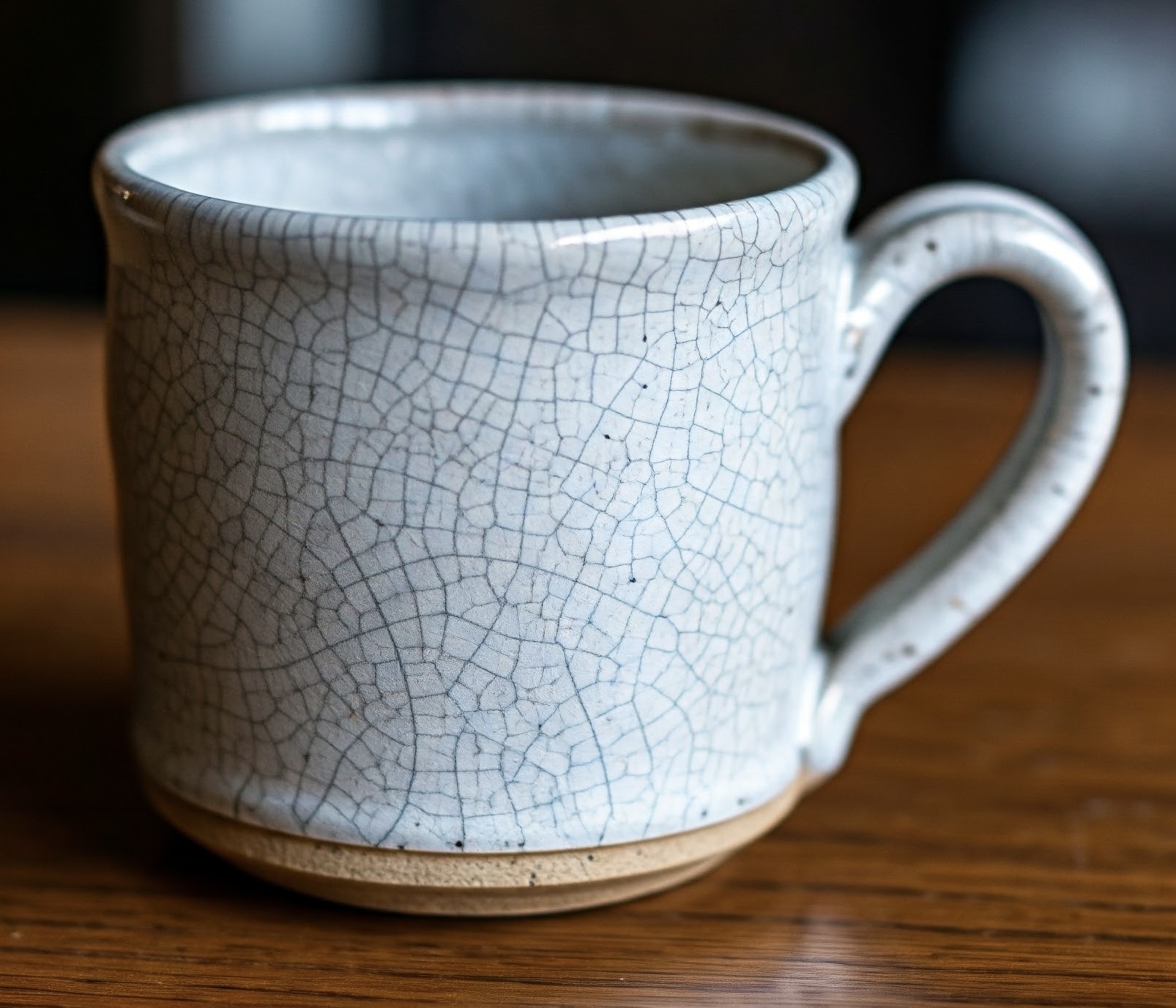| Monthly Tech-Tip | No tracking! No ads! | |
Two ChatBots square off on crazing in 2025
In 2025 ChatGPT’s four glaze adjustment suggestions are either wrong or will accidentally fix crazing because they address other issues that just happen to also be present. Adding enough silica or alumina brings unacceptable side effects on multiple fronts. Alkali fluxes need to be substituted, not reduced. Simply substituting frits changes the overall chemistry making it a different glaze - why not just use a recommended recipe for the body as suggested by Gemini? Adding silica to a body increases, not decreases, the thermal expansion (and it reduces vitrification). Increased vitrification doesn’t make the body resist crazing (bodies don’t craze) - unless increased vitrification happens to also increase the thermal expansion (but not introduce warping). Slower cooling or a lower refire only delays crazing. Comparing COE’s of body and glaze is impossible for anyone not having a dilatometer to test both (you cannot compare measured and calculated COEs and calculation of COE for bodies is impossible). Embracing the crazing is a no-go for functional ware.
Gemini correctly explains why it happens. But, it suffers similar misconceptions about vitrification, cooling, silica additions to the body, vitrification and ignores the side effects of increasing silica or alumina in a glaze recipe. It is right that alkalis need reduction, but fails to note what to substitute. It recommends zinc as a stabilizer (whatever that means), but zinc is a strong flux that should be substituted for KNaO. Thinner glaze coating just delays crazing. Its suggestions about experimenting, keeping records, and researching to find recipes known to be compatible with the body are good. The only information available from glaze or body suppliers that might help is a chart that permits ordering products from lowest to highest COE (enabling you to at least transition in the right direction for better fit).
Related Pictures
This is crazing. On functional ware. No good.
 AI generated with the prompt: A crazed glaze on a stoneware pottery mug.
AI generated with the prompt: A crazed glaze on a stoneware pottery mug.This picture has its own page with more detail, click here to see it.
This glaze is "stretched" on the clay so it cracks. When the lines are close together like this it is more serious. If the effect is intended, it is called "crackle" (but no one should intend this on functional ware). Potters, hobbyists and artists invariably bump into this issue whether using commercial glazes or making their own.
"Art language" solutions don't work, at least some technical words are needed to understand it. Crazing is a mismatch in the thermal expansions of glaze and body. Most ceramics expand slightly on heating and contract on cooling. The amount of change is very small, but ceramics are brittle and glazes are rigidly attached. If they are stretched on the ware cracks will occur to relieve the stress (usually during cooling in the firing but sometimes much later). All glaze and body manufacturers advise against crazing on functional ware.
ChatGPT was completely wrong about the cause of glaze crazing in 2023!

This picture has its own page with more detail, click here to see it.
ChatGPT was parroting common wrong suggestions about the cause and solution of the serious issue of crazing. Yet it trained on thousands of internet pages about the subject! Crazed functional ware is defective, and customers will return it. So fixing the problem is serious business, we need correct answers. Consider its suggestions: #1 is wrong. There is no such thing as an "incompatible mix" of ceramic materials. Crazing is an incompatibility in thermal expansions of glaze and body, almost always a result of excessive levels of high-expansion K2O and Na2O in the chemistry of the glaze. The solution is reducing them in favor of other fluxes (the amount per the degree of COE mismatch). #2 is wrong, firing changes don't fix the incompatibility of thermal expansions. #3 is wrong, refiring makes the crazing go away but not the stress of the mismatch, it will for sure return. #4 is completely wrong. Firing higher takes more quartz grains into solution in the melt and should reduce the COE (and mature the body more which often improves fit). And melt fluidity has nothing to do with crazing. Furthermore, if a glaze does not run off the ware, it is not overfired. Of course, this is the worst it will ever be, expect better in future.
Videos
Links
| Glossary |
Calculated Thermal Expansion
The thermal expansion of a glaze can be predicted (relatively) and adjusted using simple glaze chemistry. Body expansion cannot be calculated. |
| Glossary |
Glaze Crazing
Crazed ceramic glazes have a network of cracks. Understanding the causes is the most practical way to solve it. 95% of the time the solution is to adjust the thermal expansion of the glaze. |
Got a Question?
Buy me a coffee and we can talk

https://digitalfire.com, All Rights Reserved
Privacy Policy

